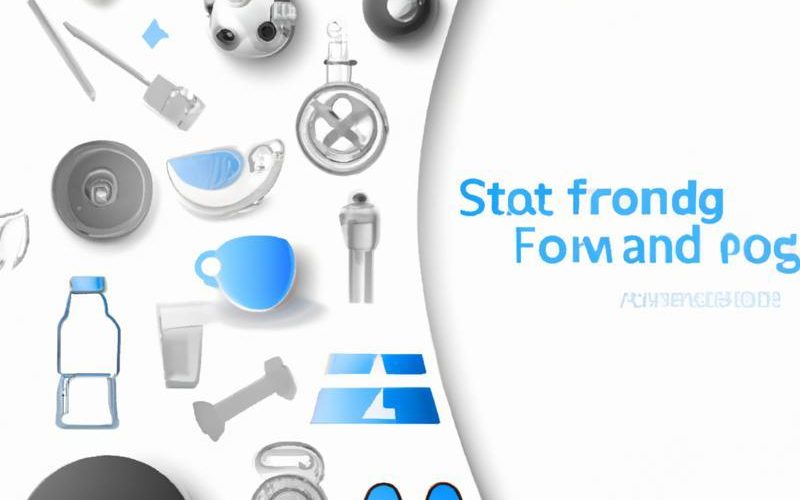What is Pin Press?

- Applications of Pin Press
- Benefits of Pin Press
- Challenges of Pin Press
- Actionable Tips for Incorporating Pin Press into Your Routine
- Conclusion
What is Pin Press?
Pin Press: The Ultimate Strength Training Move for Maximum Muscle Gains
When it comes to strength training, there are countless exercises to choose from. However, one move that has been gaining popularity in recent years is the pin press. This compound movement not only builds strength and muscle mass but also offers a range of benefits for athletes and fitness enthusiasts alike. In this article, we will delve into the world of pin press and explore its definitions, applications, benefits, and challenges.
What is Pin Press?
Pin press is a variation of the traditional bench press exercise. It involves setting the safety pins in a power rack at a specific height and pressing the barbell against them instead of bringing it all the way down to your chest. This creates a pause in the movement, eliminating any momentum and forcing your muscles to work harder during the pressing phase.
Applications of Pin Press
Pin press is primarily used by powerlifters as an accessory movement to improve their bench press performance. However, it has gained popularity among bodybuilders and athletes looking to increase their upper body strength and size. This exercise can also be incorporated into strength training routines for individuals looking to build overall muscle mass.
Benefits of Pin Press
1. Increased Strength: The pause created by the safety pins during pin press eliminates any momentum and forces your muscles to work harder during each rep. This increased time under tension leads to greater muscle activation and ultimately results in increased strength gains.
2. Improved Bench Press Performance: As mentioned earlier, pin press serves as an excellent accessory movement for improving bench press performance. By targeting specific sticking points in the bench press range of motion, pin press helps build stronger triceps, chest, shoulders, and back muscles.
3. Enhanced Muscle Mass: The combination of increased time under tension and heavier weights used in pin press can lead to significant muscle growth over time. This exercise targets multiple upper body muscles simultaneously, making it an efficient way to build overall muscle mass.
4. Injury Prevention: By utilizing safety pins, pin press reduces the risk of injury compared to traditional bench press. The pause created by the pins allows for better control and stability during the movement, reducing the strain on joints and muscles.
Challenges of Pin Press
1. Requires Proper Form: Like any other exercise, proper form is crucial for maximizing the benefits of pin press and avoiding injury. It is essential to have a spotter or trainer guide you through this movement until you have mastered it.
2. Requires Equipment: Pin press requires a power rack with safety pins, which may not be available in all gyms. If you are working out at home, investing in a power rack can be costly.
3. May Not Be Suitable for Beginners: Pin press involves lifting heavy weights and requires a certain level of strength and experience. Beginners may benefit from mastering traditional bench press before incorporating pin press into their routine.
Actionable Tips for Incorporating Pin Press into Your Routine
1. Start Light: As with any new exercise, it is crucial to start with lighter weights and gradually increase as your strength improves. This will help you master proper form while minimizing the risk of injury.
2. Incorporate as an Accessory Movement: Include pin press as an accessory movement in your strength training routine after your main compound exercises like bench press or overhead press.
3. Vary the Heights: Experiment with different pin heights to target different sticking points in your range of motion and challenge your muscles in different ways.
Conclusion
Pin Press is a highly effective strength training exercise that offers numerous benefits for athletes and fitness enthusiasts alike. By targeting multiple upper body muscles simultaneously, it can help improve overall muscle mass, strength, and performance while reducing the risk of injury. However, proper form and equipment are essential for maximizing its benefits, making it more suitable for intermediate to advanced lifters. If you are looking to take your strength training to the next level, consider incorporating pin press into your routine.



